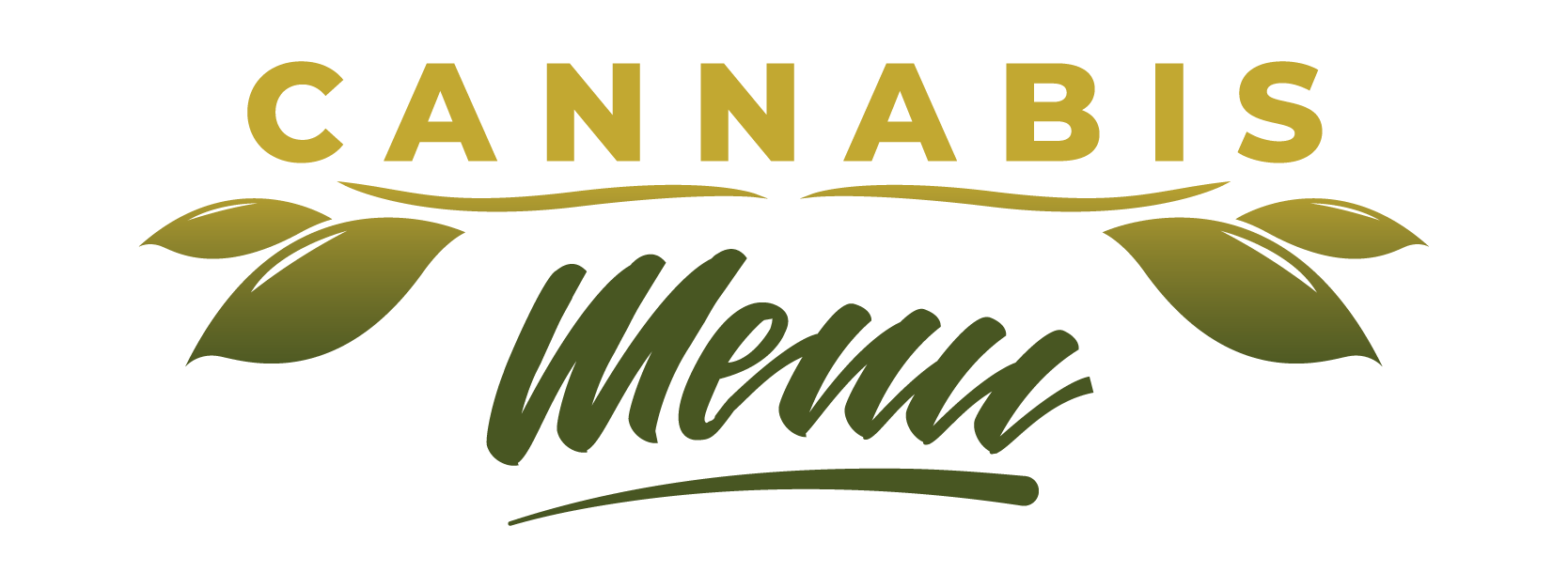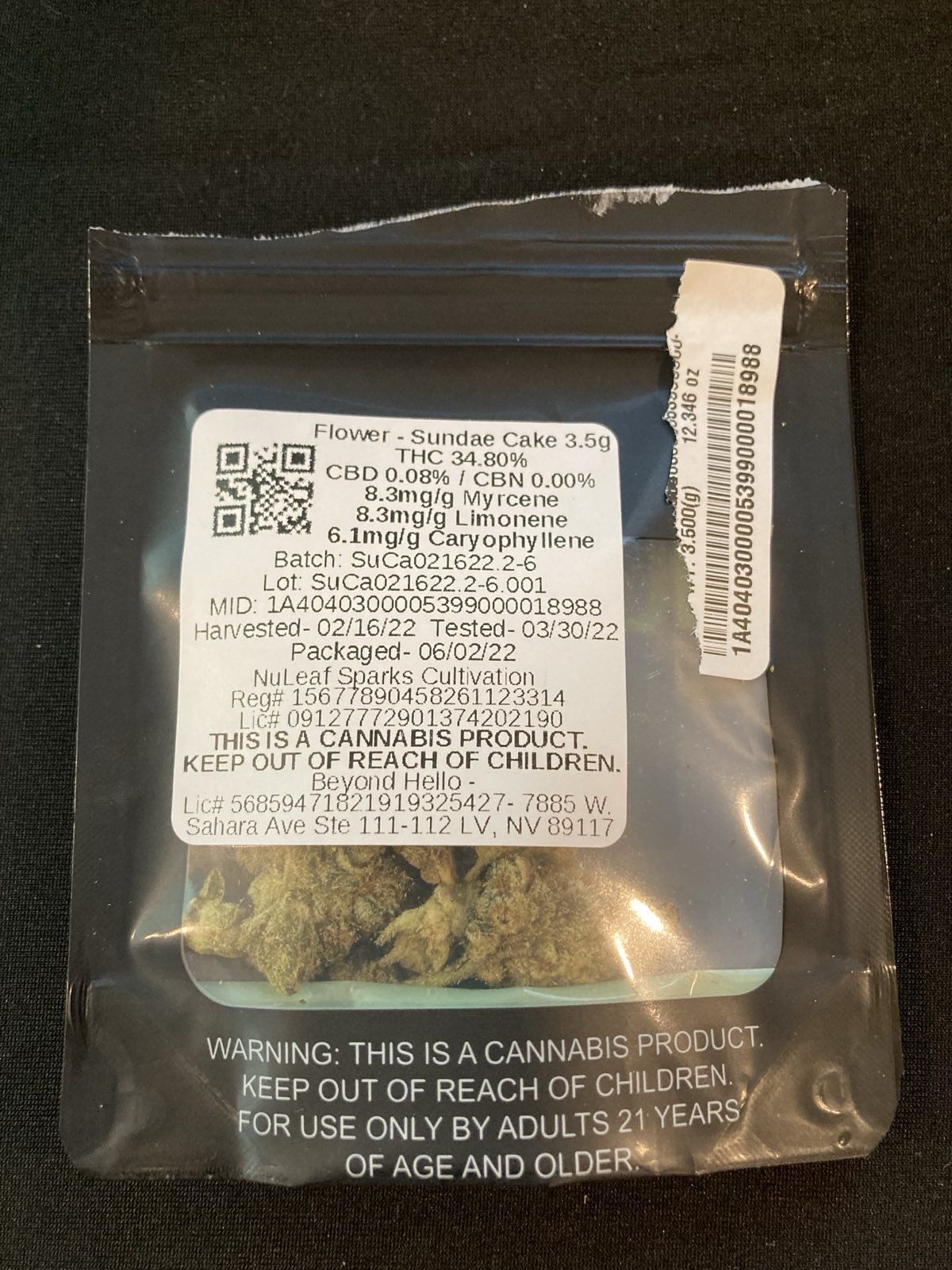Consumers are discovering that not all dispensary menus are created equal. From product availability to potency and pricing, the cannabis experience can differ dramatically depending on the state. These variations are not merely due to local preferences but are deeply rooted in the complex patchwork of state regulations, market structures, and cultural attitudes toward cannabis.
Regulatory Frameworks Shape the Market
The absence of federal cannabis regulation has led each state to develop its own set of rules governing the cultivation, distribution, and sale of cannabis. This autonomy results in significant disparities in what products are available to consumers.
For instance, states like California and Oregon have adopted horizontal integration models, allowing for a diverse range of products from various producers to be available in dispensaries. In contrast, states such as Florida and New York have implemented vertical integration, where companies must control the entire supply chain from cultivation to retail. This model can limit product diversity and create higher barriers to entry for smaller businesses.
Moreover, product types and potencies are regulated differently across states. While some states permit high-THC concentrates and edibles, others impose strict potency limits or ban certain product categories altogether. These regulatory decisions directly impact the variety and strength of products on dispensary shelves.
Taxation and Economic Factors
Tax policies also play a crucial role in shaping cannabis menus. High tax rates can drive up prices, making legal products less competitive with illicit markets. For example, California’s combined state and local taxes can exceed 30%, contributing to a thriving black market and influencing the types of products that legal dispensaries can afford to stock.
Conversely, Missouri has implemented a lower tax rate of 6% on cannabis sales, which has been credited with fostering a more robust legal market. This approach has allowed for a wider variety of products at more competitive prices, attracting consumers from neighboring states where cannabis remains illegal.
Cultural and Consumer Preferences
Beyond regulations and economics, cultural attitudes and consumer preferences influence dispensary offerings. In states with a long history of cannabis use, such as Colorado and California, there is a demand for a wide array of products, including artisanal edibles, boutique flower strains, and innovative concentrates. In newer markets, consumers may gravitate toward more familiar forms like pre-rolls and basic edibles, leading dispensaries to tailor their menus accordingly.
Additionally, the presence of medical marijuana programs can affect product availability. States with established medical markets often offer products designed for specific therapeutic purposes, such as high-CBD tinctures or low-THC capsules, which may not be as prevalent in purely recreational markets.
The Future of Cannabis Menus
As the cannabis industry continues to evolve, the disparities in dispensary menus across states highlight the need for more standardized regulations and interstate cooperation. While complete federal legalization may still be on the horizon, efforts to harmonize testing standards, labeling requirements, and product approvals could help create a more consistent consumer experience nationwide.
In the meantime, consumers and businesses alike must navigate the complex landscape of state-specific cannabis laws, recognizing that crossing a state line can mean entering an entirely different cannabis market. Understanding these differences is essential for making informed choices and advocating for policies that promote both safety and accessibility in the burgeoning cannabis industry.


